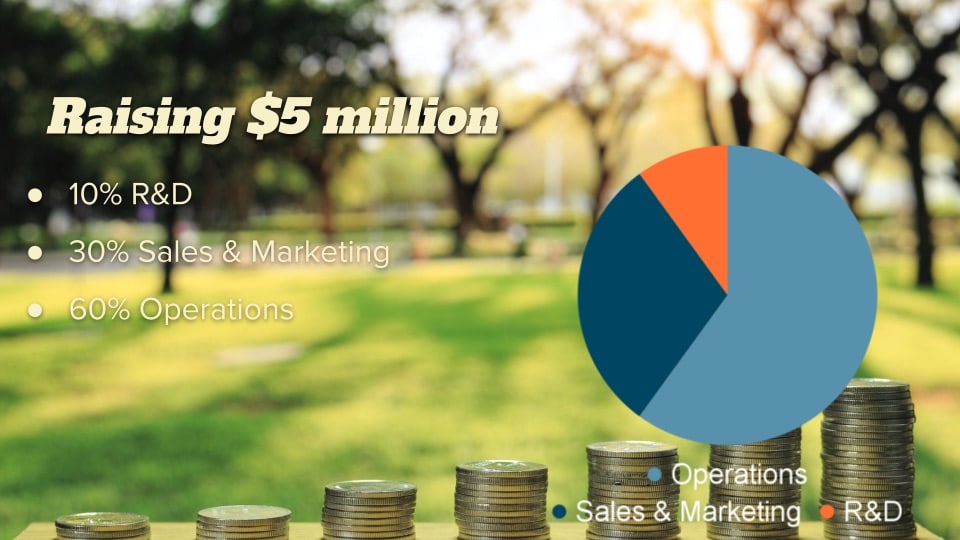When investors look at a startup slide deck, they are looking for something very specific. Yes, they want to know if the team is great and the market is huge and the problem is worth solving and the solution makes sense. Of course. But another thing they are looking for is whether the founders understand the journey they are on.
If you step on the VC treadmill, you’re signing up for rapid, explosive growth. You have to: If you don’t, you don’t fit into the models of how VC works. And that’s OK — not every company is suitable for VC funding.
The other truth is that your funding amount includes a very literal deadline: If you run out of money, that’s the end of your company. So, before you run out of money, one of three things needs to happen:
- You have an exit event, which usually means getting acquired or going public through an IPO. The latter is more predictable than the former, and early-stage companies usually don’t have that as an option.
- You reach break-even and are able to operate the business from cash flow. In other words, you are making more money than you are spending.
- You raise another round of funding.
For early-stage companies, the first two options are off the table, which means you need to paint a compelling picture for another round of funding. That’s where startups often fall down. Here’s how to fix that.

This slide has two Texas-sized red flags. Can you tell what they are? Also: Yeah, I “designed” this slide. This is why I’m getting some help for the how it should be done example below. Image Credits: Haje Kamps/TechCrunch+
Go to Source
Haje Jan Kamps


